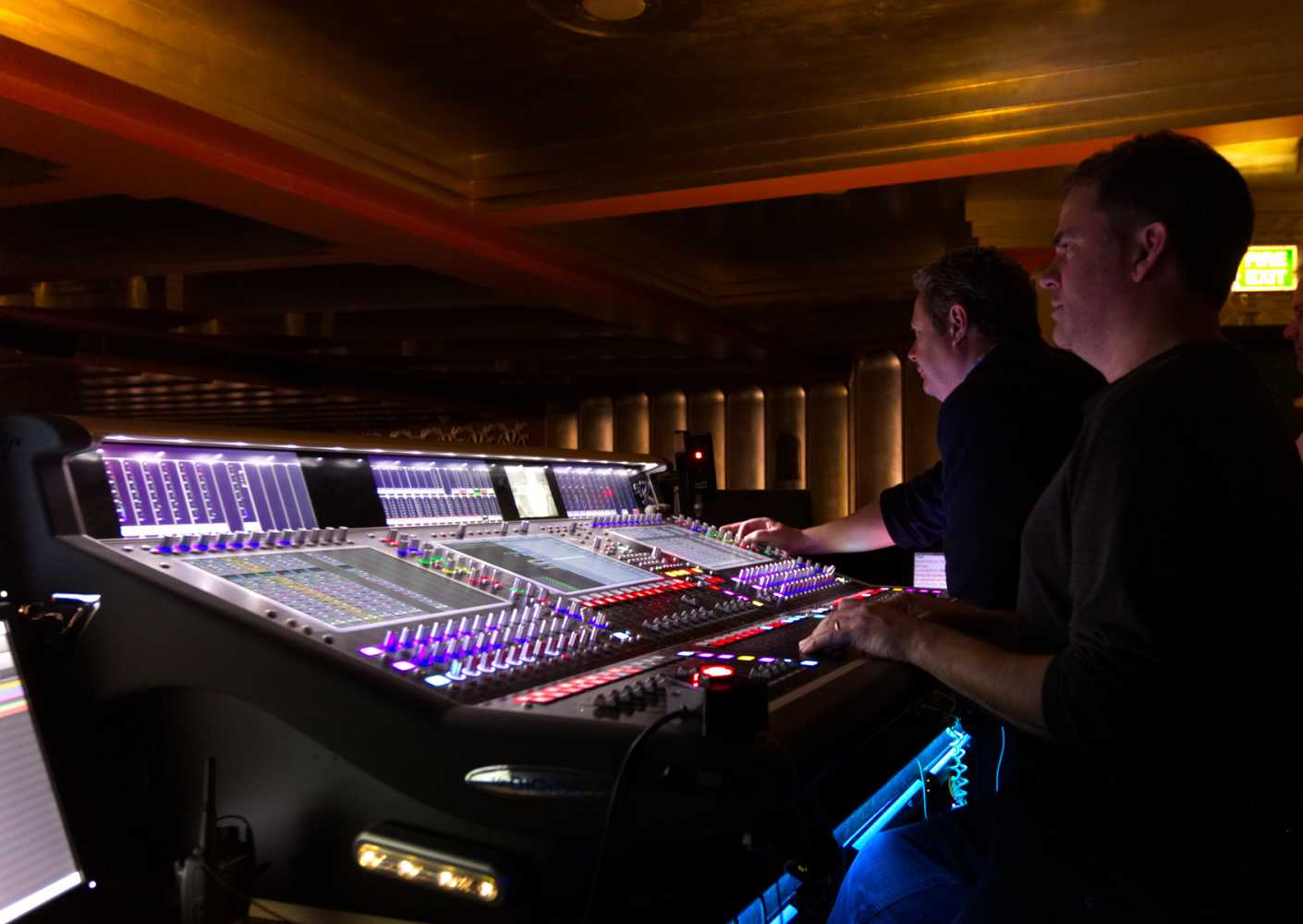DiGiCo SD7T a dream for West End show
- Details

Sound designer, Richard Brooker, wanted an analogue sound to the audio, in keeping with the show’s 1960s/70s setting, but also wanted to benefit from today’s digital technology. He specified a DiGiCo SD7T to handle Front of House mix duties, which has the warmth of sound he was looking for with all the advantages of the digital domain and the theatre-specific functions of DiGiCo’s ‘T’ software.
“No other manufacturer has put the time and effort into understanding the strange idiosyncrasies of the theatre world,” says Richard. “The SD7T has functions that are imperative when you’re working on musicals and that’s because the guys at DiGiCo talk to us, the people that use them, and make them work the way we need them to.”
Dreamgirls is the story of The Dreams, three talented young singers who embark upon a musical rollercoaster. They experience the realities, both good and bad, of show business, which tests their friendship to the very limits.
“The show is set at the end of the 60s, just running into the 70s and the disco era,” says Richard. “Stylistically, music changed quite a lot during that period, as did technology in the recording industry. Because of that, I didn’t want to do anything fancy with plugins or the like; I wanted an analogue show that wasn’t actually analogue. I use the SD7T’s onboard dynamics because I love them but, other than that, there’s very little in terms of gimmicks going on.”
Along with the SD7T, operated by the expert hands of Digby Shaw, Richard also took advantage of an EX007 expander during the production period, allowing him to make any changes he wanted to without interfering with the main console. For monitoring, Richard chose a DiGiCo SD8, which is secreted in the bowels of the theatre and is unmanned, having been set up to do the job on its own and feed the Roland M-48 personal monitoring system used by the band.
“We’re using around 100 channels,” says Digby. “We have 12 Groups, and 38 Auxes, which seems quite a lot, but foldback zones, effects and program sends soon add up. We are using five external and four internal effects in total and Richard is also using Bricasti reverbs, which are pretty standard for him now and are amazing.”
(Jim Evans)









